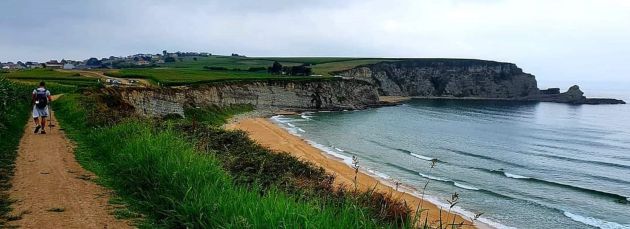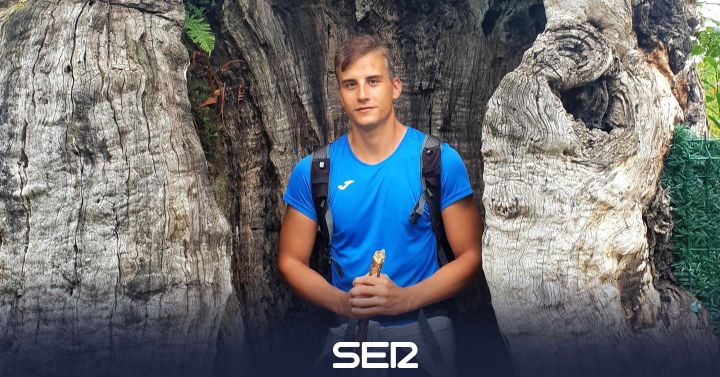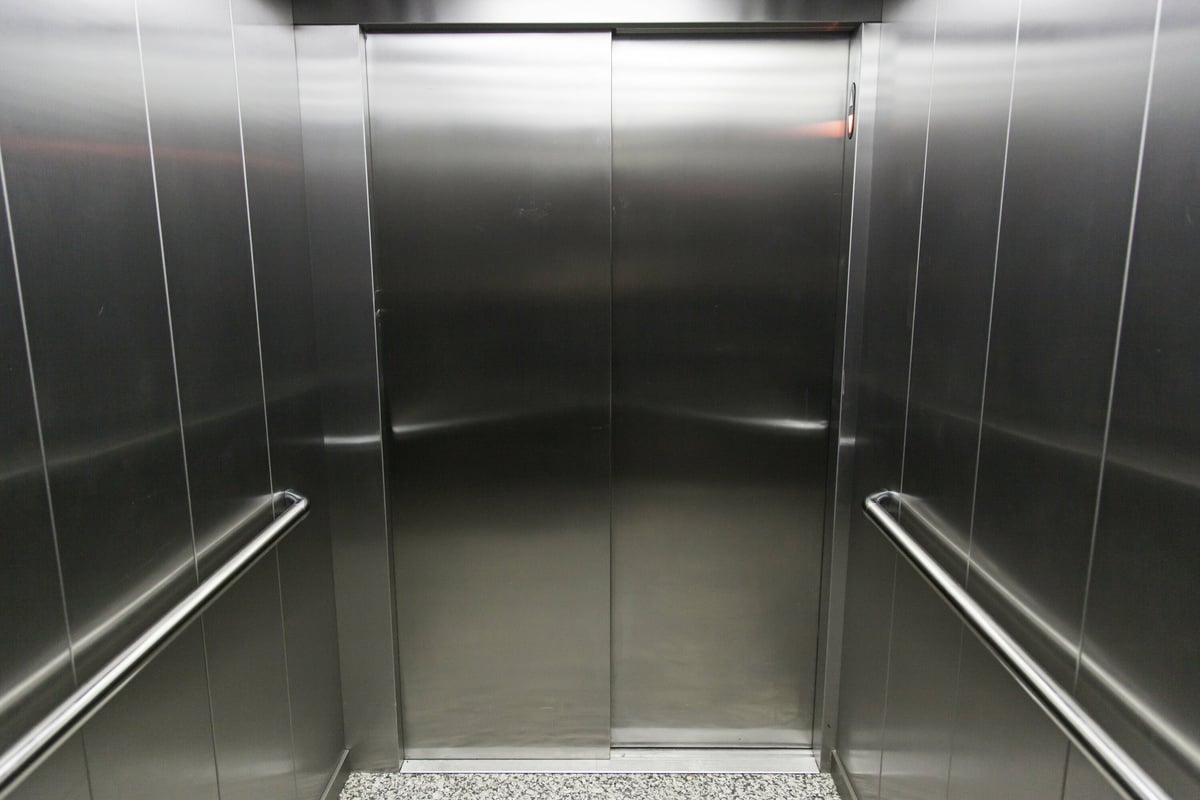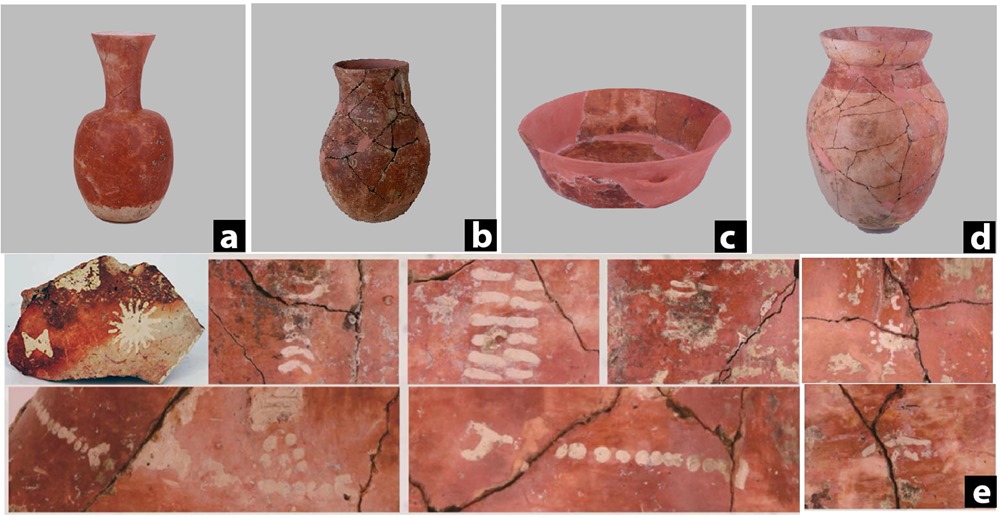Jose Maria Rodriguez He is from Cuenca, he is 36 years old and since November 2019 he lives in Moscow, the capital of Russia. He is a director of the company Rusbaltics dedicated to consulting and exporting in the European market and more specifically in the Baltic and Scandinavian countries and in the Eurasian Economic Union. For four years he has been taking advantage of his summer holidays to do the Santiago’s road by different routes. “In 2018 I did the Piedmont Way from Lourdes, then the French to León. From there to Asturias to do the Primitivo to Melide to get to Santiago. About a thousand kilometers. The following year, I did the Portuguese Way from Lisbon and last year I did the North way from Irún ”, as he has told us in Today for Today Cuenca. This year, “because it is a Xacobeo year,” he says, he has decided to leave from the door of his house, from Cuenca, following the Wool Route with the intention of reaching Santiago de Compostela around August 16. You can listen to the interview next:
–
Iframe code has been copied to clipboard
–
–
If in winter the pilgrims do not leave the hostel until the sun melts the frost and they walk in the central hours of the day, in summer they get up early to complete the stages before noon and avoid the hottest hours. José María Rodríguez, Chema as everyone knows him, crosses the lands of Alcarria during the second half of July, first in Cuenca and then in Guadalajara. Walk north following the Ruta de la Lana, the path of the merchants of the Middle Ages who brought the results of the shearing of the merino women to the markets of Burgos. Chema carries his pilgrim backpack on a path that this summer he has decided to do from the door of his house, from Cuenca.
When we talked to him, he just arrived in Cifuentes, “A town of about 1,500 inhabitants that is no longer as rural or as adventurous as it has been before,” he says. The night before he stayed at Viana de Mondéjar, the town of Las Tetas, “but each section of the road has its good part,” he says. “It is the fourth year that I have been going out in a row and I decided to follow the Wool Route, which unfortunately is not as busy as the rest, but which is as much or more interesting than any other. And the truth is that is being very attractive for the variety. I thought it was going to be much more monotonous but you go through the Serranía de Cuenca, then through the Alcarria and each part of the way has its peculiarities and it is a very varied routeIt is not the dry land that I thought it was going to be or the plain that I thought it would find, it is being much steeper and more complicated. There are quite radical and complex descents and ascents but it is interesting. The problem is that there are few pilgrims on the route. At the moment I’m going alone”.
– Chema Rodríguez has walked through different Jacobean routes in previous summers. / Courtesy photo
Until the middle of July, through the hostel in the Cuenca town of Villaconejos de Trabaque fourteen pilgrims had passed. At that time, in the pilgrims’ accommodation in Cuenca, a city with a wide range of hotels, they had registered ten overnight stays, according to data from the Association of Friends of the Camino de Santiago de Cuenca that in 2019, before the pandemic, they had 120 pilgrims registered in the Villaconejos shelter.
Regarding the shelters found in these Alcarreños towns, Chema considers that “the infrastructure is good, but since there are not so many coming, it is necessary to inform in advance. When I arrived in Viana de Mondéjar, a town quite isolated and without mobile phone coverage, I was lucky that I met the person who runs the bar just in time and that he also has the keys to the hostel. If he had arrived a quarter of an hour later, he would not have fed me or opened the hostel because the man was leaving for Madrid. There is infrastructure, but you have to look for itIt is not like other roads that have a fairly active flow of pilgrims and where you just have to get to the hostel and there is a reception and people who explain things to you and open the door for you. Here you have to go to a bar, look for the mayor or the person in charge of the keys who gives you access and generally you are alone in the hostels. It is also attractive ”.
Chema Rodríguez, on the left, in front of the Cathedral of Santiago. / Courtesy photo

–
Chema Rodríguez is a lawyer by training, is Degree in Law and Political Science by the Carlos III University of Madrid and the Freie Universität of Berlin. He speaks nine languages and has lived and worked in countries as different as Germany, Czech Republic, Lithuania, Romania or Russia, where he currently resides as co-founder and director of Rusbáltika. For him, doing the Camino de Santiago every summer “is a way of really disconnect from pressing issues because the road teaches you two things. First, that it is very easy to simplify life and this is so because deep down it is quite simple, we usually complicate it out of boredom. In the end you discover that the priorities are few and that the long-term problems are relativized because you start to feel the pain of the road. There is always something that bothers you and that pain helps you focus on the present moment. It is a bit of the mystical masochism that many religions have, which in the end makes sense because through that annoyance you focus on the present moment ”, explains this pilgrim from Cuenca. “The second thing that shows you the way is that one can be satisfied with very little, with what you can fit in a backpack that weighs five kilos. In the end with that you can get anywhere and you don’t need much more. The rest of the ambitions are quite banal. This it opens up very interesting perspectives for you in the social and professional sphere because your expectations are less frequently disappointed”.
Chema Rodríguez hopes to arrive in Santiago in mid-August. / Courtesy photo

–
For an executive like Chema, turning off the cell phone is something very complicated. When he walks, he puts it “in airplane mode to save battery and because in many sections there is no coverage,” he says, “and thus also professional emergencies are delayed. Nor do I disconnect completely but I try to do as little as possible because It is about the experience of the journey being authentic and that the problems are those of the journey, not those of the outside”.
–


